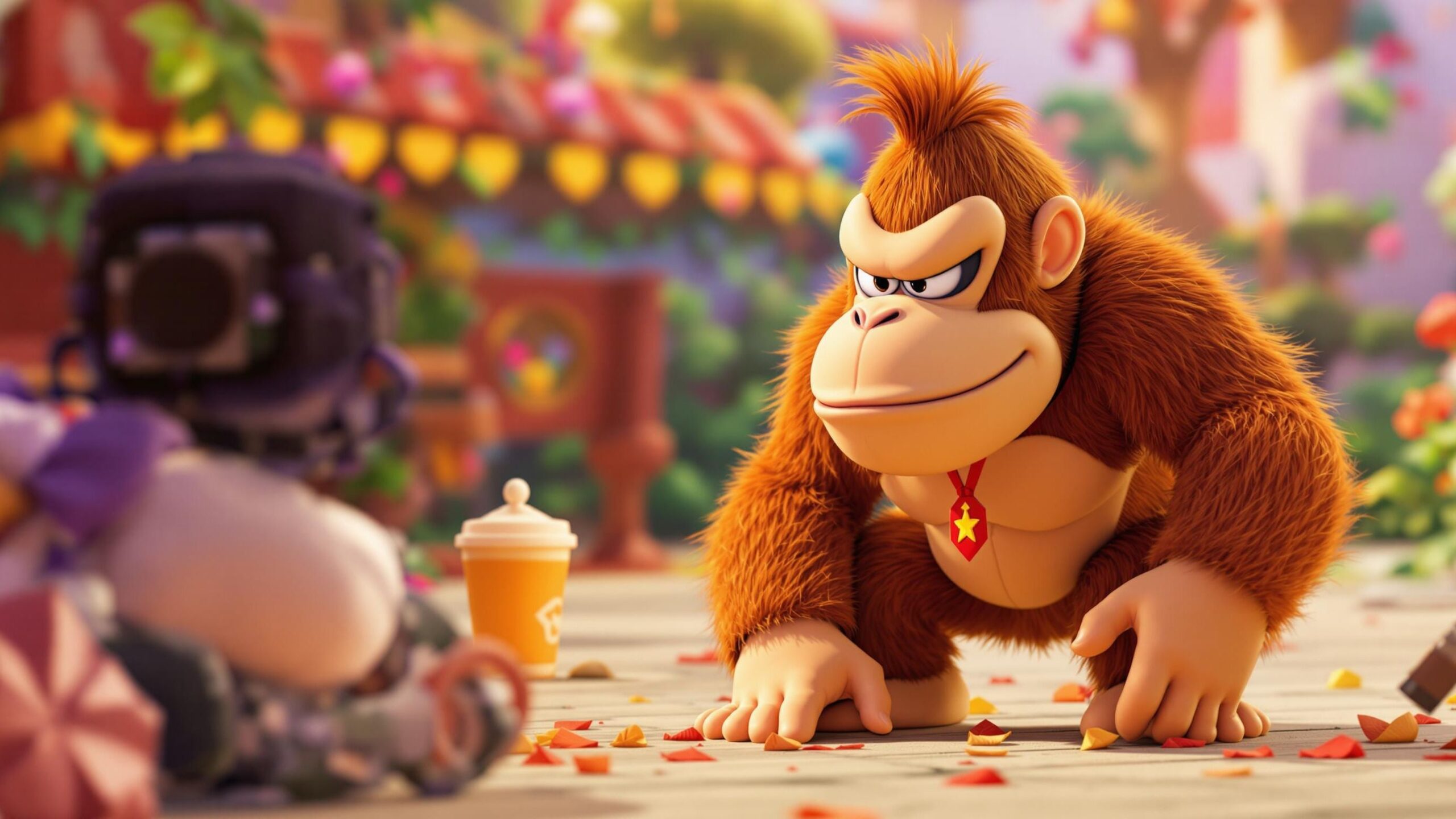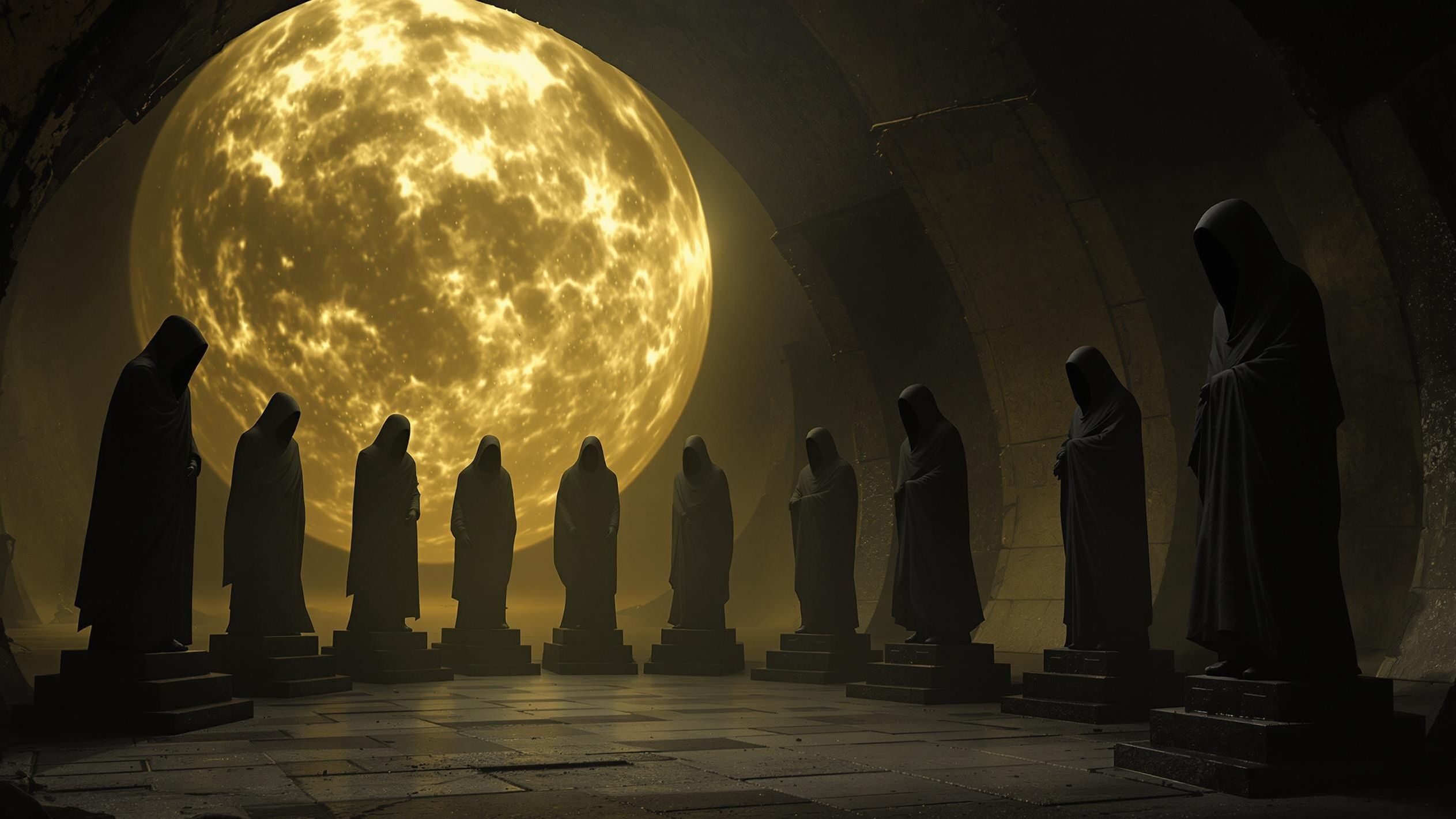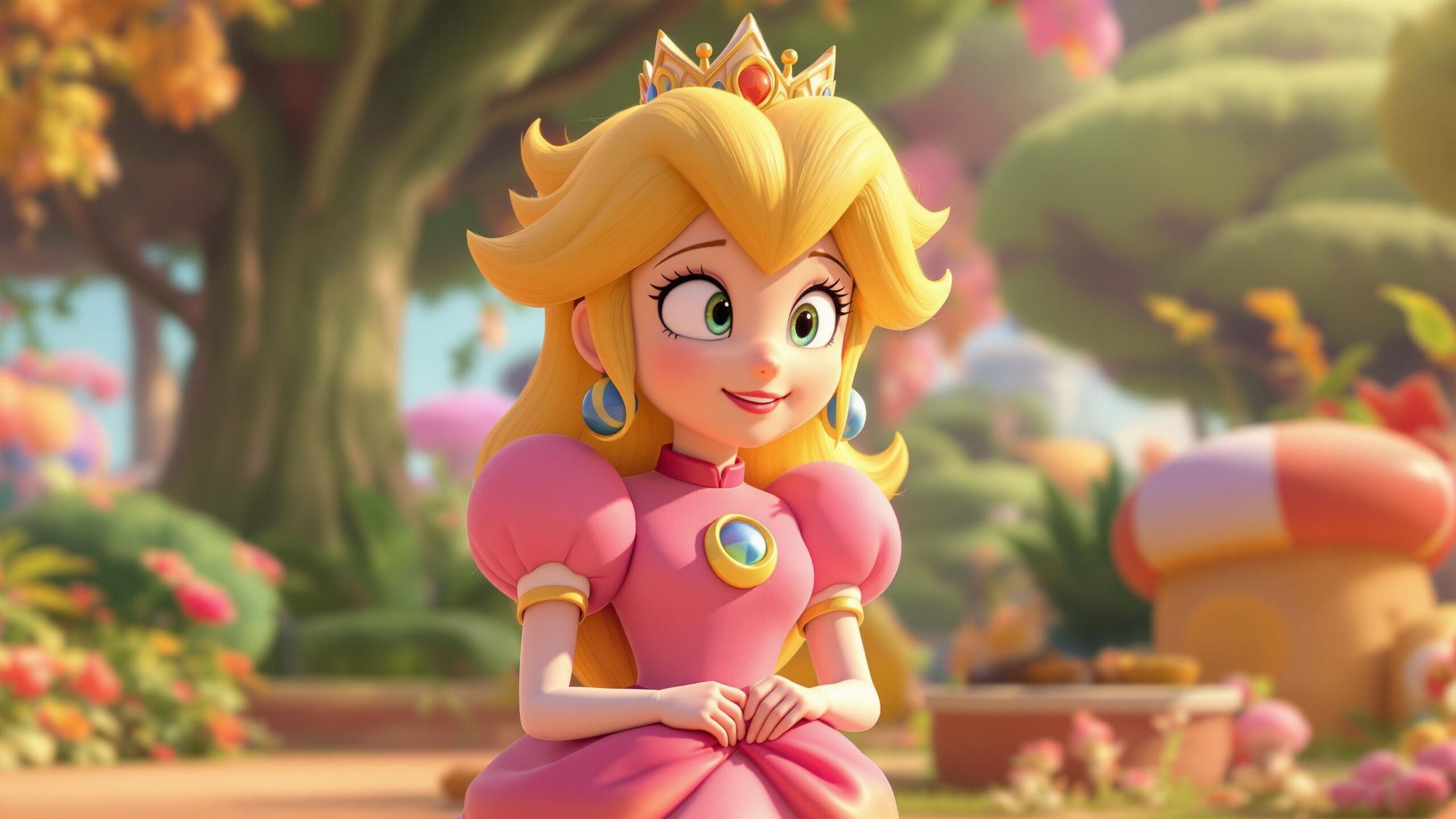When you think about the roots of the platforming genre, one name stands tall among the vines: Donkey Kong. From the moment he first hurled barrels in 1981 to the lush, immersive worlds of Donkey Kong Country and beyond, Donkey Kong has redefined what it means to craft a perfect platforming experience. These games didn’t just demand sharp reflexes—they celebrated creativity, rhythm, exploration, and environmental storytelling. Whether racing across rickety mine cart tracks or scaling frozen cliffs, Donkey Kong levels have consistently pushed players’ skills while dazzling them with groundbreaking graphics and unforgettable music. Each level wasn’t just a challenge; it was a moment in gaming history.
#10: 75m in Donkey Kong (Arcade)
Long before modern platformers existed, the original Donkey Kong arcade game offered a revolutionary experience, and the 75m level stands as a landmark in early game design. Featuring escalators, moving platforms, and multiple vertical layers, 75m wasn’t just a challenge of reaching the top—it was about navigating hazards in all directions. Jumping over bouncing springs while timing your climbs up ladders demanded impeccable timing and quick thinking. It redefined how verticality could be integrated into gameplay, paving the way for future platformers to embrace three-dimensional thinking long before true 3D gaming was possible. The combination of chaotic movement, increasing difficulty, and a sense of urgent momentum made 75m unforgettable. Players weren’t just running right anymore—they were surviving a living, moving puzzle. It showed the world that platforming could be as much about brain as brawn, setting the stage for everything that followed.
#9: Barrel Cannon Canyon in Donkey Kong Country
Donkey Kong Country brought cinematic flair and revolutionary graphics to platformers, and Barrel Cannon Canyon was one of the first levels that truly showcased what the game could do. Introduced early in the first world, this stage challenged players to fire Donkey and Diddy through a series of timed barrel blasts. The level demanded both patience and precision, with tight windows for successful shots and an ever-increasing speed that kept tension sky-high. It introduced an exhilarating new mechanic—one that would become a beloved staple of the series. Beyond the gameplay, the lush jungle backdrop, atmospheric lighting, and the rhythmic “DK Island Swing” music track immersed players in a way few platformers had before. Barrel Cannon Canyon didn’t just teach players to think ahead; it created one of gaming’s first truly kinetic experiences where momentum, timing, and environmental interaction all fused into something greater.
#8: Mine Cart Madness in Donkey Kong Country
Few levels in gaming history have generated more cheers, screams, and heart-pounding adrenaline than Mine Cart Madness. In this unforgettable stage, Donkey and Diddy leap into a rickety mine cart and hurtle down a treacherous track, leaping over gaps, dodging enemies, and racing against collapsing terrain. What made this level iconic wasn’t just the speed—it was the unforgiving precision it demanded. One mistimed jump meant instant disaster. Yet despite its difficulty, players kept coming back, driven by the thrill of barely surviving a near-miss. The kinetic energy of the mine cart sections showed that platformers didn’t have to be slow, deliberate affairs—they could be breakneck roller coaster rides. Mine Cart Madness became so beloved that it spawned an entire subgenre of mine cart levels throughout platforming history, influencing everything from Crash Bandicoot to Rayman.
#7: Snow Barrel Blast in Donkey Kong Country
Donkey Kong Country was a technological marvel, but Snow Barrel Blast took it even further by mixing tough gameplay with stunning atmosphere. Starting innocently enough with gentle snowflakes, the level quickly becomes a whiteout blizzard, limiting visibility and raising the stakes of every jump and barrel shot. Players had to navigate blind barrel sequences, timing their blasts into unseen barrels while dealing with slippery terrain and aggressive enemies. The visual trick of gradually worsening weather wasn’t just for show; it dynamically altered gameplay, teaching players to adapt to changing conditions. Snow Barrel Blast captured the feeling of fighting against nature itself, making it one of the first platforming levels to incorporate environmental storytelling so effectively. It’s a masterclass in mood, tension, and the perfect balance of challenge and wonder.
#6: Bramble Blast in Donkey Kong Country 2: Diddy’s Kong Quest
Diddy’s Kong Quest elevated every element from the original game, and no level better encapsulates this evolution than Bramble Blast. Set against a backdrop of thorny bramble mazes, players must navigate intricate networks of barrel cannons, all while avoiding deadly spikes and agile enemies. The level is renowned for its punishing difficulty, but also for its breathtaking soundtrack, “Stickerbush Symphony,” which offers a serene, almost melancholic counterpoint to the nerve-wracking action. Bramble Blast isn’t just a test of timing—it’s an emotional experience. Players feel isolated, challenged, and entranced all at once. The contrast between harsh visuals and soothing music created an atmosphere that platformers had rarely explored before, influencing game designers for years to come.
#5: Toxic Tower in Donkey Kong Country 2: Diddy’s Kong Quest
Toxic Tower remains one of the most intense endurance tests in platforming history. In this brutal vertical gauntlet, players must race against an ever-rising tide of toxic slime, transforming into multiple animal buddies to scale the tower’s treacherous heights. The stage constantly changes rhythm, switching from leaping as Rattly the snake to swimming as Squawks the parrot. Mastery of movement and lightning-fast reflexes are essential, with death always one mistake away. Toxic Tower is the epitome of pressure-based platforming, where adrenaline and skill collide at every jump. It also exemplified Rare’s masterful level design—teaching new mechanics, testing the player’s mastery, and raising the stakes all in a single unforgettable stage.
#4: Gusty Glade in Donkey Kong Country 2: Diddy’s Kong Quest
Gusty Glade introduced players to the concept of battling the environment itself. In this haunted, misty forest, violent gusts of wind could shift mid-jump, requiring players to make real-time adjustments to their trajectories. Timing, planning, and adaptability became the keys to survival. The stage’s eerie visual design and suspenseful music created a feeling of otherworldly dread. More than just an enemy-filled obstacle course, Gusty Glade asked players to wrestle with invisible forces, a design choice that brought new sophistication to 2D platformers. It showed that environmental hazards could be dynamic and unpredictable, not just static dangers to avoid.
#3: Slipslide Ride in Donkey Kong Country
Slipslide Ride took everything players thought they knew about movement and turned it on its head. This icy cavern level featured slippery platforms, vertical climbing ropes with alternating traction, and treacherous layouts that demanded both precision and careful momentum control. The sense of slipperiness wasn’t just cosmetic—it fundamentally altered how players approached traversal. Missteps that would be minor elsewhere became catastrophic here. Visually, the shimmering ice crystals and cool blue palette created a beautiful, almost magical atmosphere. Slipslide Ride taught players that in Donkey Kong’s world, mastering the environment itself could be just as challenging as defeating enemies.
#2: Jungle Hijinxs in Donkey Kong Country
Jungle Hijinxs isn’t just the first level of Donkey Kong Country; it’s one of the most iconic introductions in gaming history. From the moment players leap out of DK’s treehouse and into a living, breathing jungle, everything feels new, exciting, and alive. The level teaches core mechanics—rolling attacks, barrel usage, vine climbing—without ever feeling like a tutorial. Every element, from the dynamic background shifts to the catchy “DK Island Swing” theme, oozes polish and energy. Jungle Hijinxs proved that a first level didn’t have to be simple or boring—it could be memorable, thrilling, and set the tone for an entire adventure. It defined what it meant to start a platforming journey right.
#1: King K. Rool Duel in Donkey Kong Country
Few final battles in platforming history are as beloved as King K. Rool’s fake-out duel in Donkey Kong Country. Set aboard the pirate ship Gangplank Galleon, the fight plays out with multiple phases, deceptions, and one of gaming’s most infectious soundtracks. After “defeating” King K. Rool once, players are treated to a fake credits sequence—only for the villain to spring back to life, catching first-timers completely off guard. This playful subversion of expectations, combined with the intense difficulty of the second phase, made the battle legendary. King K. Rool Duel encapsulated everything that made Donkey Kong great: humor, challenge, and style. It set the gold standard for platforming finales and proved that a platformer could end with a bang—and a wink.
Donkey Kong’s greatest levels didn’t just entertain—they redefined how platforming games could be designed, played, and experienced. They showed that a level could tell a story, teach a skill, evoke an emotion, and deliver a thrill ride all at once. From simple barrel tosses to breathtaking, wind-swept leaps of faith, these stages shaped not just the Donkey Kong franchise, but the entire genre. Even decades later, their influence can be seen across platformers both big and small. Donkey Kong didn’t just climb to the top of the platforming world—he helped build it, one iconic level at a time.




